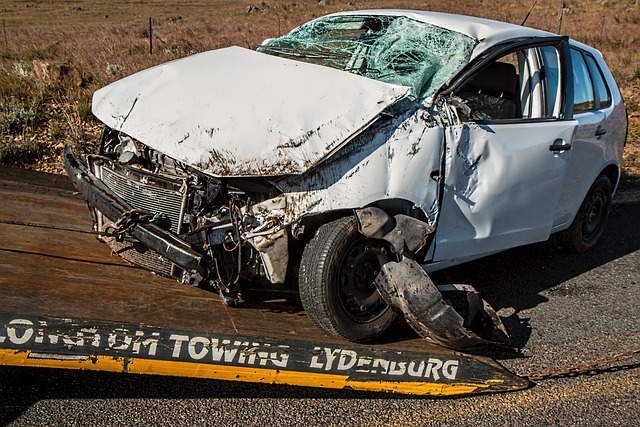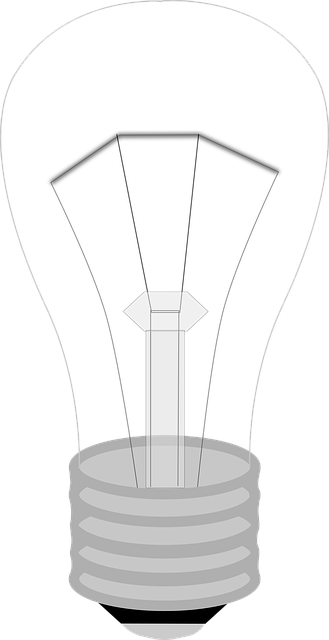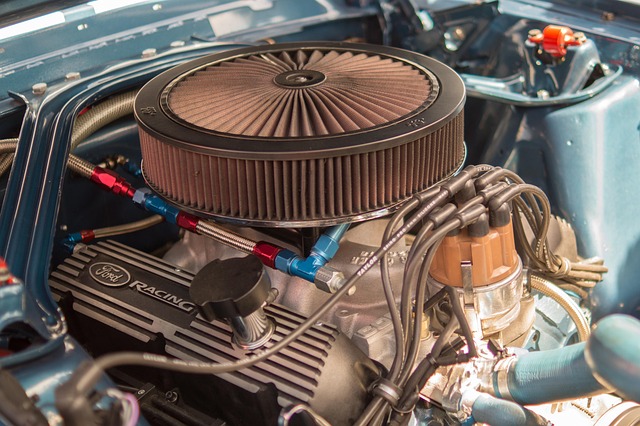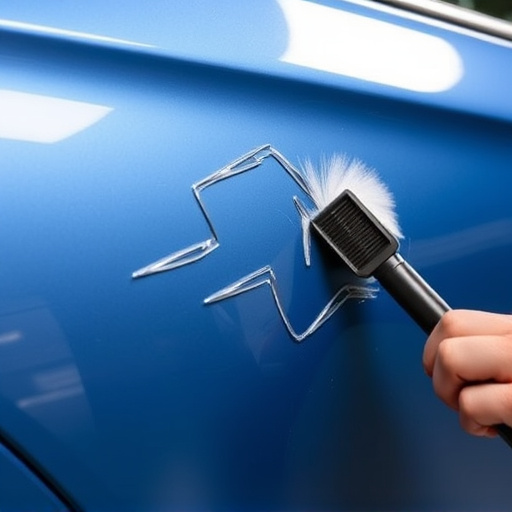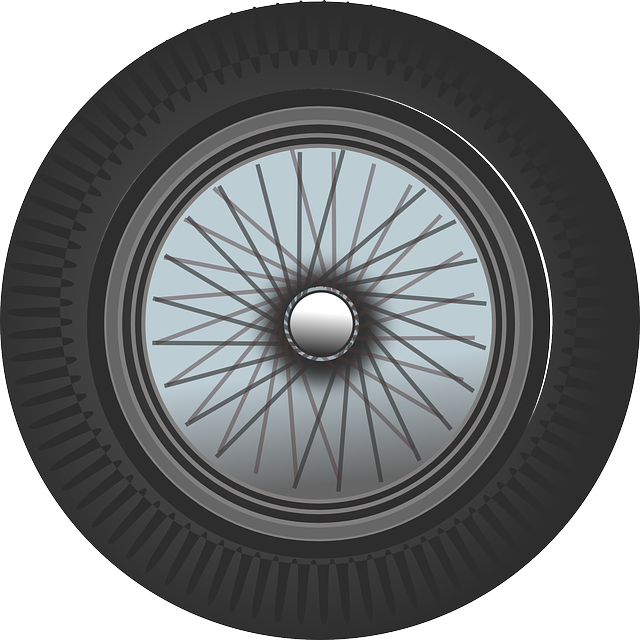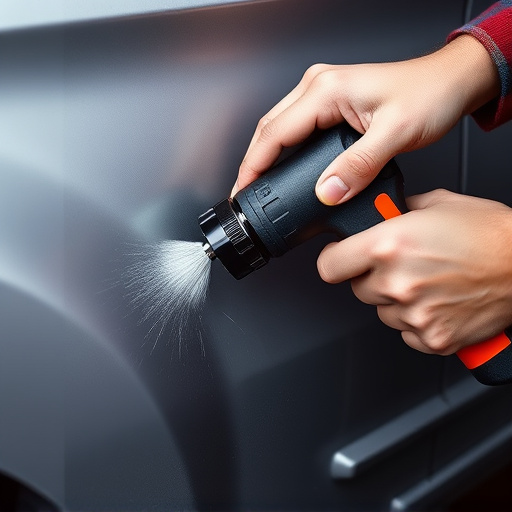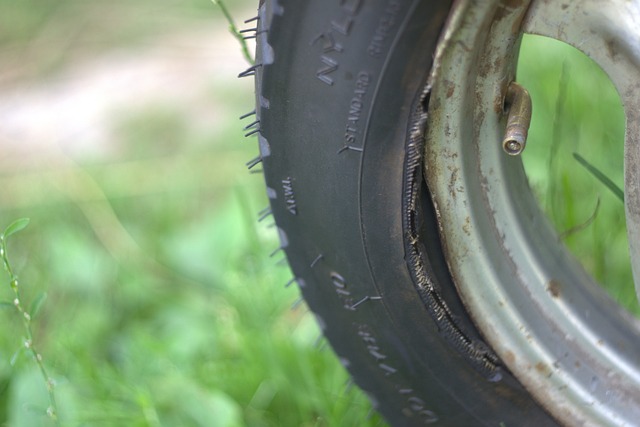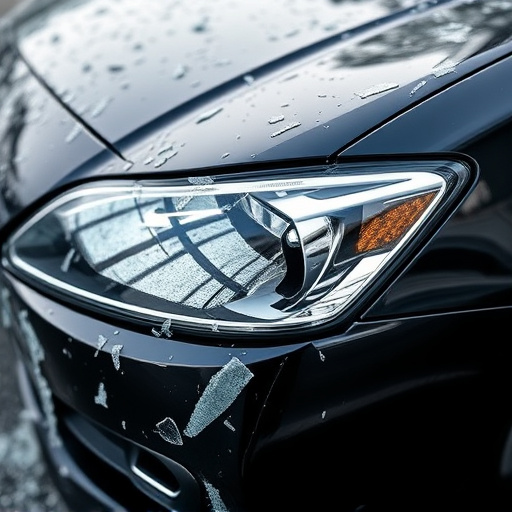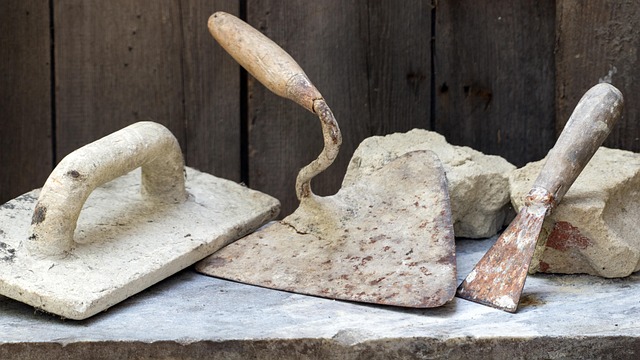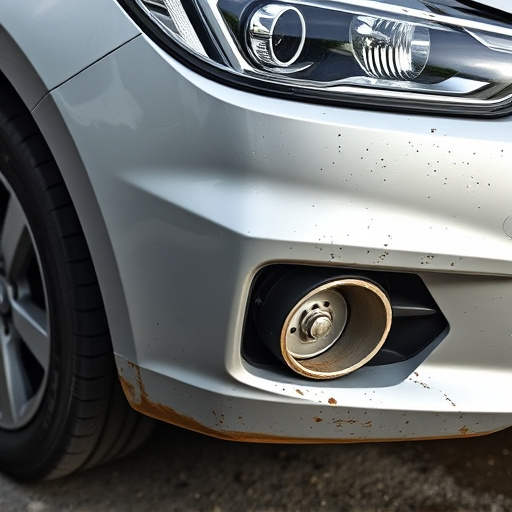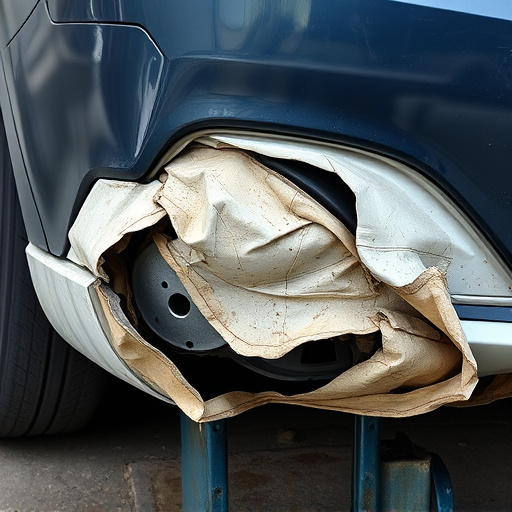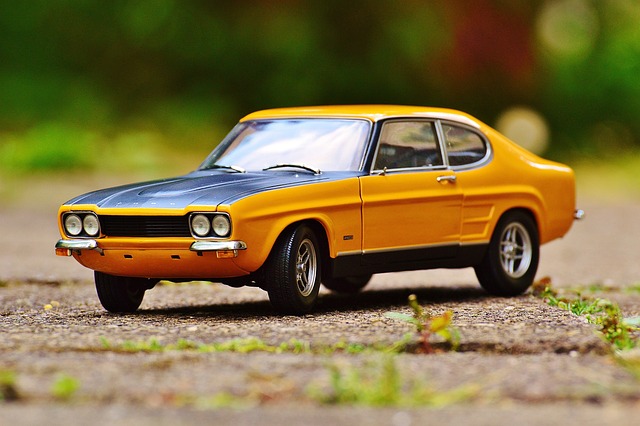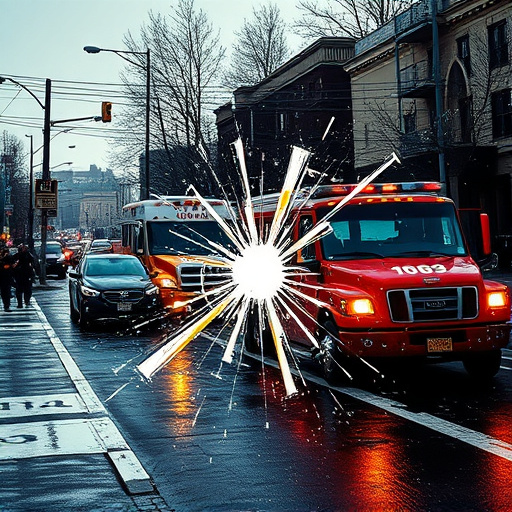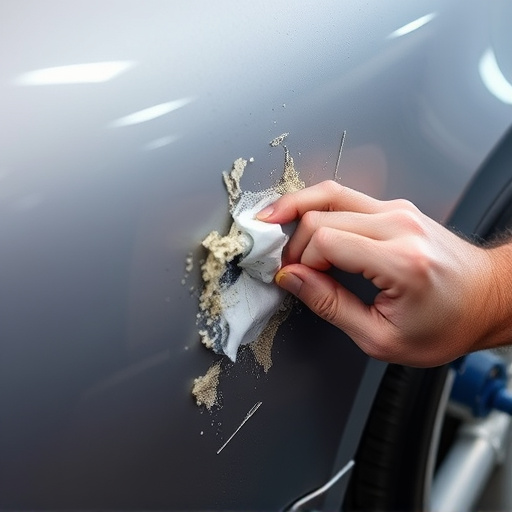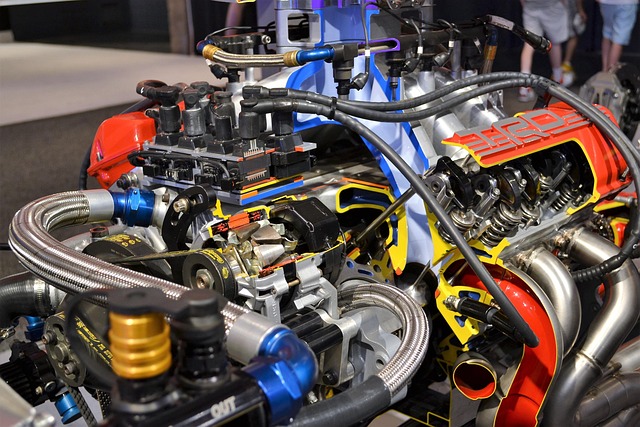Pearl finishes present unique challenges in collision repair due to their intricate multi-layered structure, requiring advanced techniques and specialized knowledge from auto painting experts for flawless integration with existing matte finishes. Accurate color matching is a meticulous process involving high-quality paints, specialized tools, and surface preparation to prevent contaminants affecting adhesion and color accuracy. Skilled technicians seamlessly blend repaired panels with the original car body, maintaining both cosmetic and structural integrity, making matte finish collision repair a vital step in vehicle restoration at auto collision centers.
In the realm of automotive aesthetics, achieving a flawless pearl finish during collision repair is an art. This intricate process demands precision and skill to blend panels seamlessly. With a focus on quality and customer satisfaction, shops employ advanced techniques to tackle the unique challenges posed by pearl finishes. From understanding the compound effects of damage to mastering color matching, this article guides you through the meticulous steps involved in achieving a matte finish collision repair that rivals the original.
- Understanding Pearl Finish and Its Challenges in Collision Repair
- The Process of Blending Panels for a Seamless Look
- Tips and Best Practices for Achieving Accurate Color Matching
Understanding Pearl Finish and Its Challenges in Collision Repair
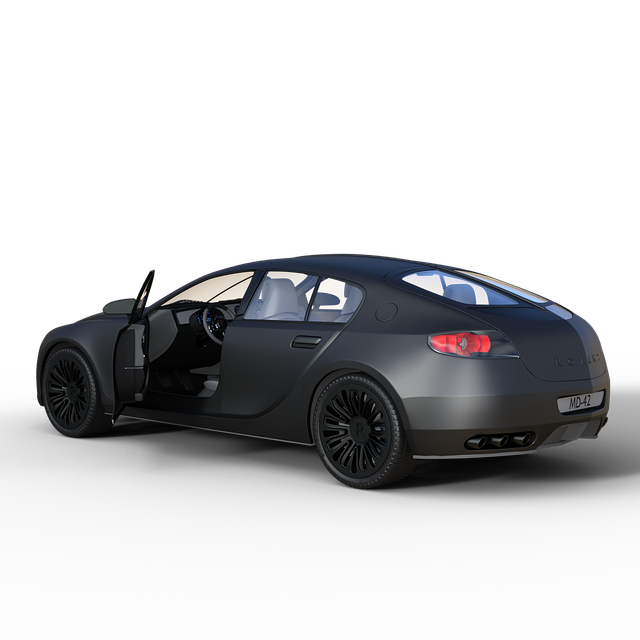
Pearl finish, a sleek and sophisticated automotive coating, has become increasingly popular for its stunning appearance and durability. However, its intricate nature presents unique challenges in collision repair. Unlike matte finishes that can mask imperfections, pearl’s complex multi-layered structure requires meticulous attention during the repair process.
In vehicle collision repair, especially for vehicle bodywork with pearl finish, achieving a flawless blend of panels demands advanced techniques and specialized knowledge. Auto painting experts must carefully match not just the color but also the subtle nuances in sheen and texture to ensure the restored vehicle looks as good as new. This precision work involves precise mixing of pigments, careful preparation of surfaces, and expert application to minimize visible repair lines, ensuring a seamless and stunning finish on the vehicle’s bodywork.
The Process of Blending Panels for a Seamless Look
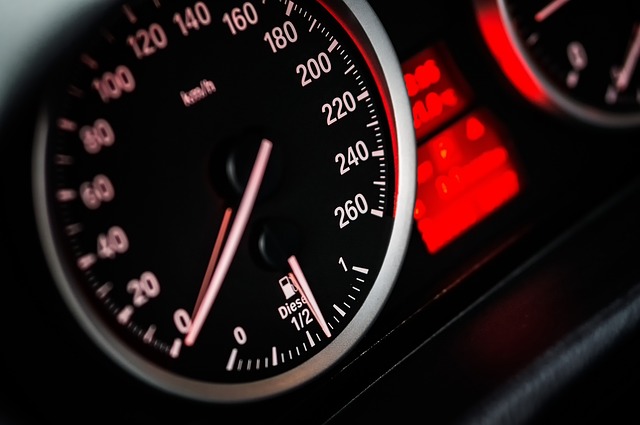
In the realm of automotive aesthetics, achieving a seamless blend during pearl finish collision repair is an art. Skilled technicians employ a meticulous process to ensure the restored vehicle looks as good as new. This involves carefully blending panels to match the existing matte finish, erasing any visible signs of damage. With precision and expertise, they use specialized tools and compounds to smooth out imperfections, creating a uniform surface that seamlessly integrates repaired areas with the original car body.
The technique demands a keen eye for detail and an understanding of color theory. Technicians must match not only the finish but also the subtle variations in shade and texture across different panel edges. This blend isn’t just about visual harmony; it’s also about structural integrity, ensuring the repaired area can withstand the rigors of everyday driving without compromising safety or resilience to future damage. Thus, blending panels becomes a critical step in vehicle collision repair, contributing to both the cosmetic and mechanical restoration of cars at auto collision centers.
Tips and Best Practices for Achieving Accurate Color Matching
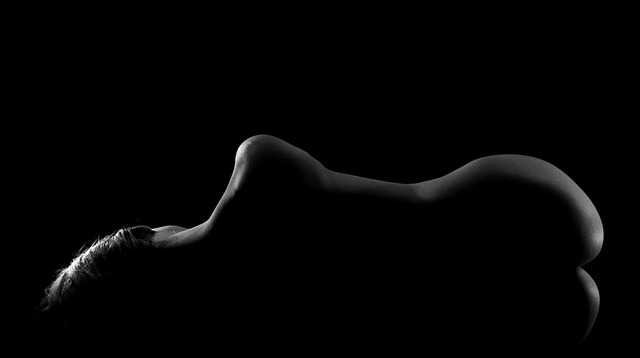
Achieving accurate color matching during pearl finish collision repair is a delicate art. Professionals in the field rely on several tips and best practices to ensure top-notch results. First, using high-quality paints specifically designed for pearl finishes is paramount. These specialized paints contain unique pigments that provide the desired depth and luster. Mixing and matching colors meticulously, often with the aid of advanced color scanners, allows technicians to pinpoint exact matches.
Additionally, proper preparation of the car’s surface before painting is crucial. This includes meticulous sanding, cleaning, and decontaminating to remove any contaminants that could affect paint adhesion and color accuracy. In the realm of collision repair services, including auto dent repair and car bodywork services, achieving a seamless blend between panels necessitates precision and attention to detail. Techniques like wet sanding, layering, and using clear coats can enhance the final finish, ensuring the repaired area matches the vehicle’s original matte finish seamlessly.
In the realm of matte finish collision repair, achieving a seamless blend during panel replacement is an art. By understanding the unique challenges of pearl finishes and mastering the blending process, shops can deliver top-notch results. Through proper techniques and adherence to best practices, color matching accuracy becomes achievable, ensuring that repairs are virtually indistinguishable from the original vehicle’s exterior. This meticulous approach not only enhances the aesthetic appeal but also reinforces the integrity of the vehicle’s overall structure.
